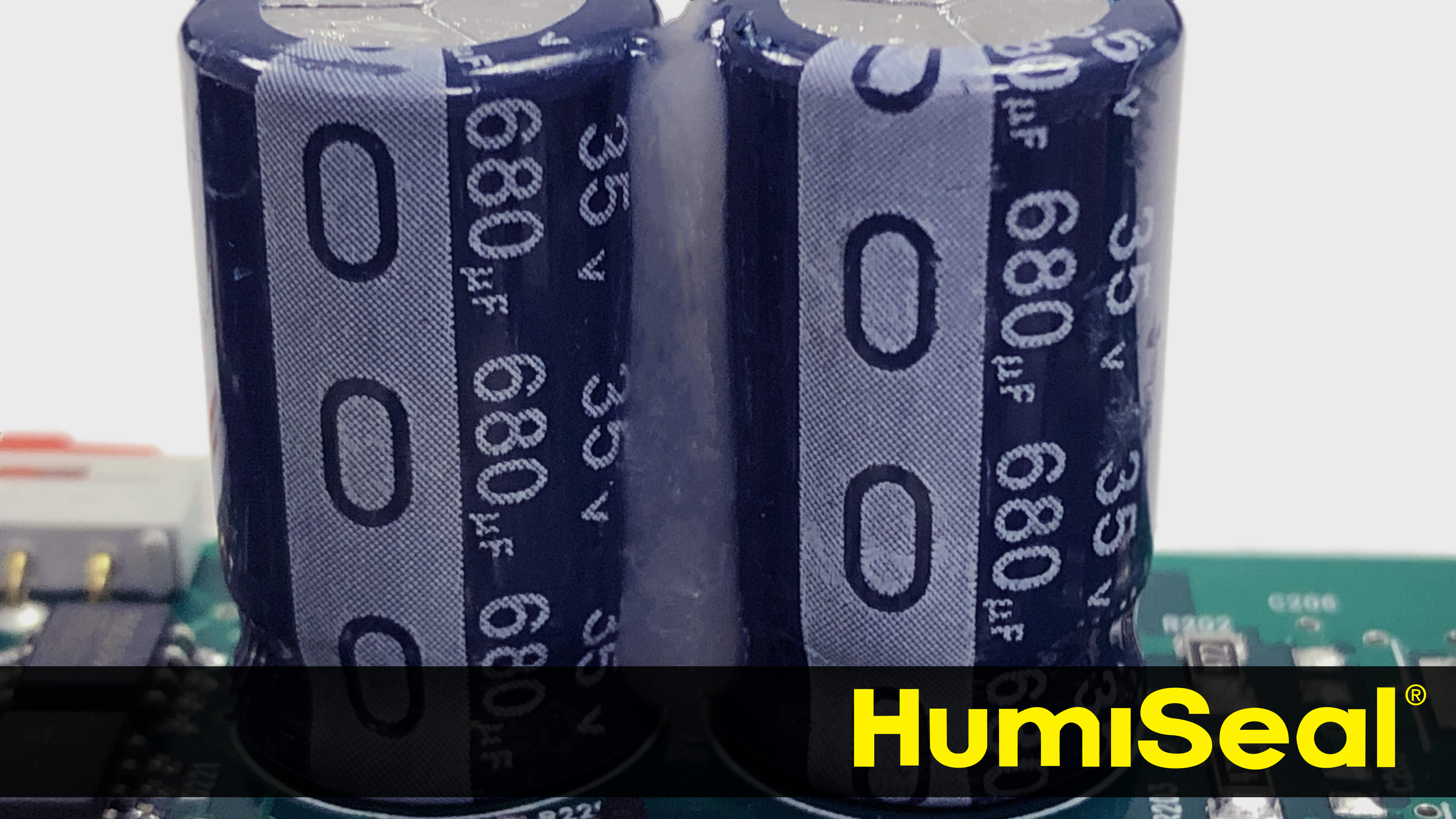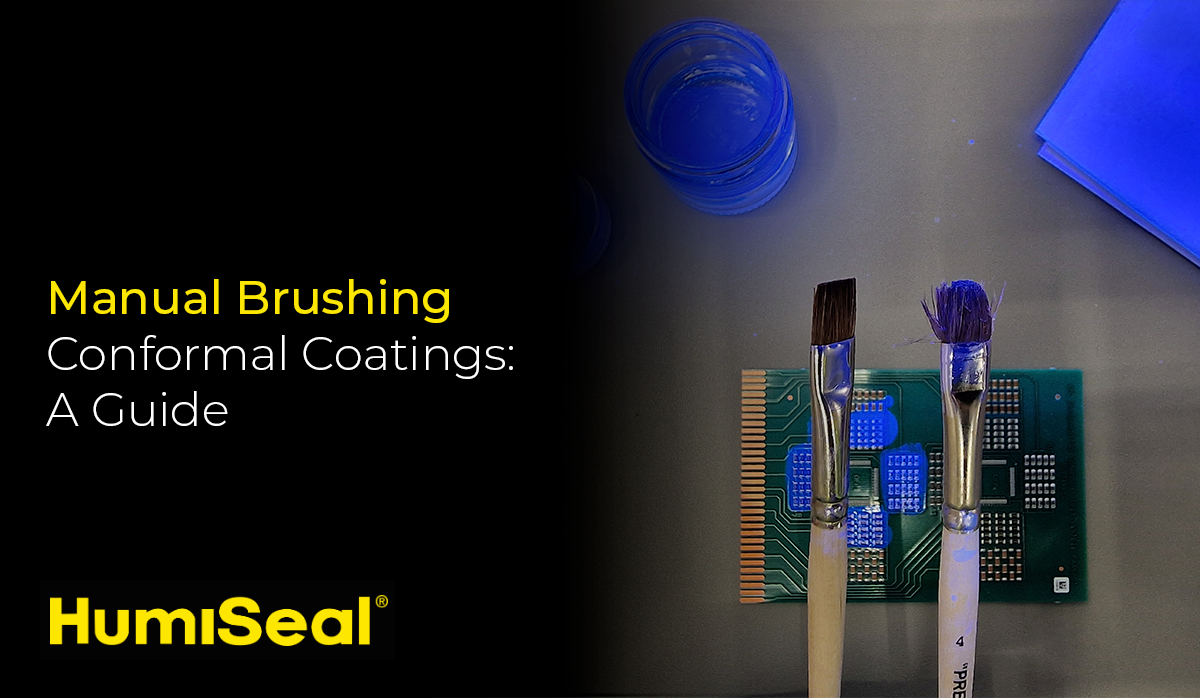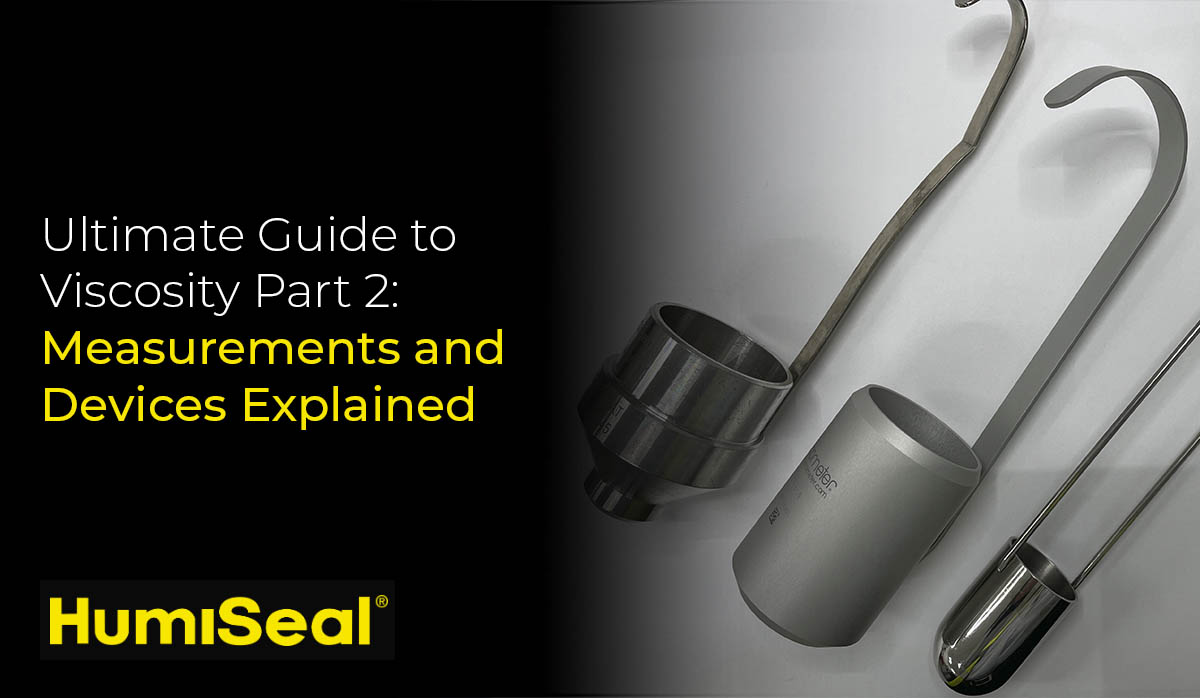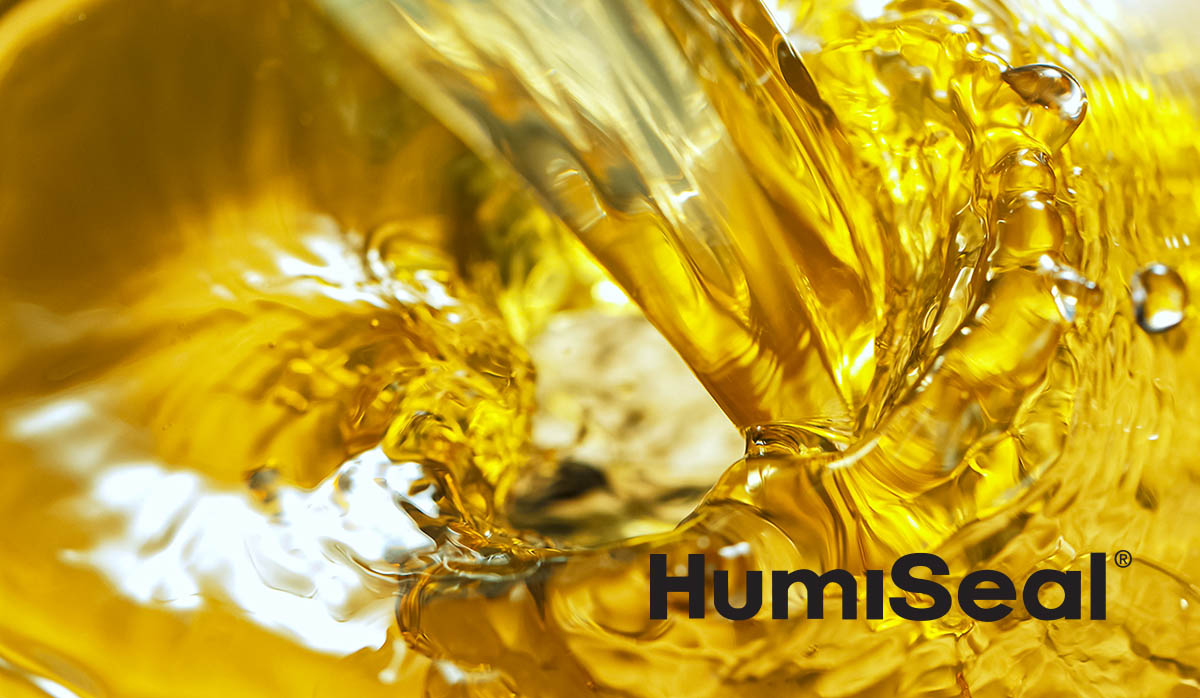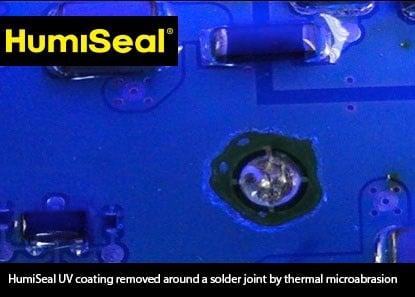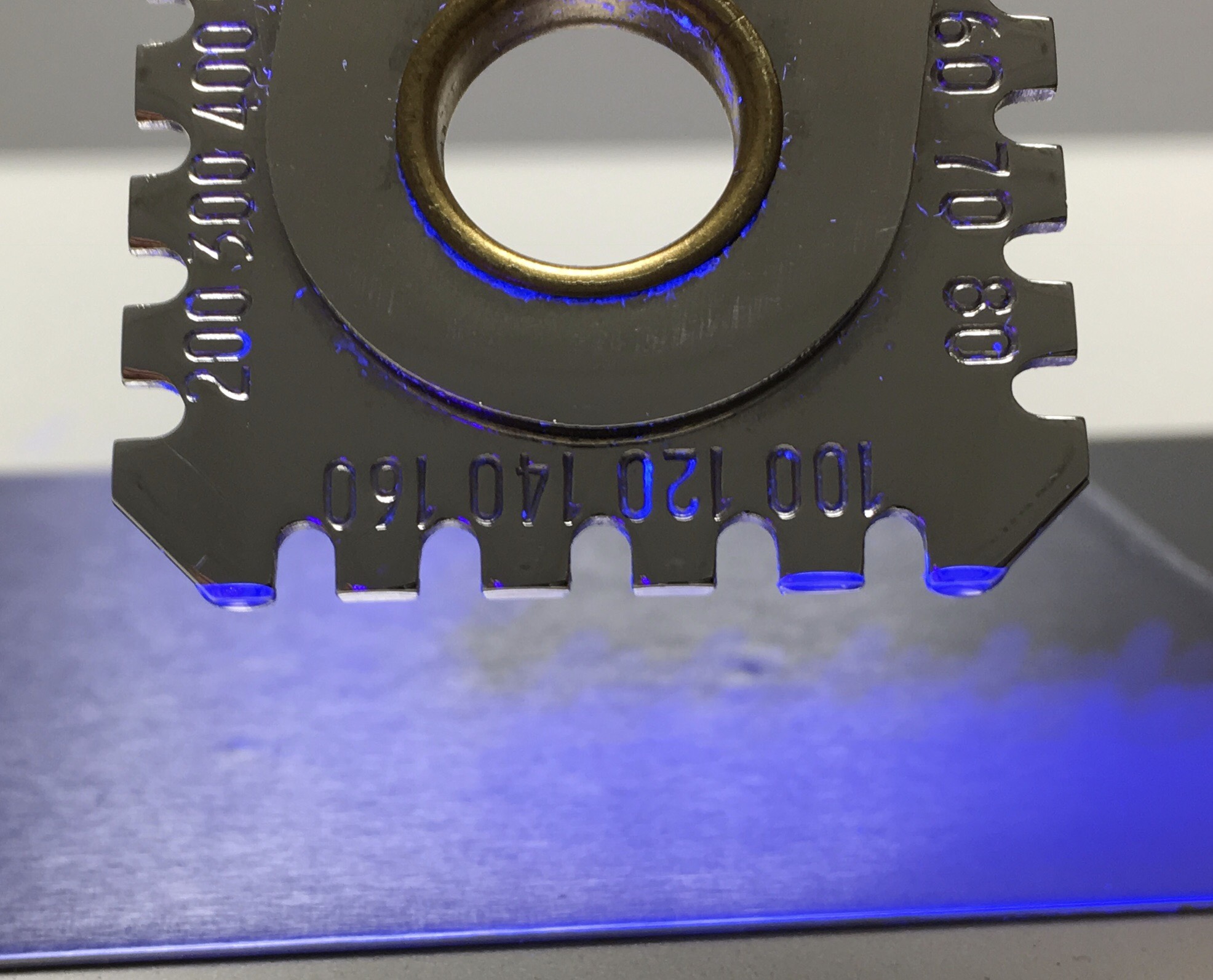If you're familiar with HumiSeal through our blogs, you know we are big fans of conformal coatings. This is for good reason; with advancing conformal coating technology, innovative LED and UV curable coatings offer incredible protection for a large range of applications.
Conformal coatings are just one method of circuit board protection available to engineers. Those involved with PCBs may be familiar with the terms encapsulation. Encapsulation is a tremendously powerful method to secure and protect PCBs by submerging them in a protective material. In many cases, this is more desirable than selectively applying conformal coatings.



